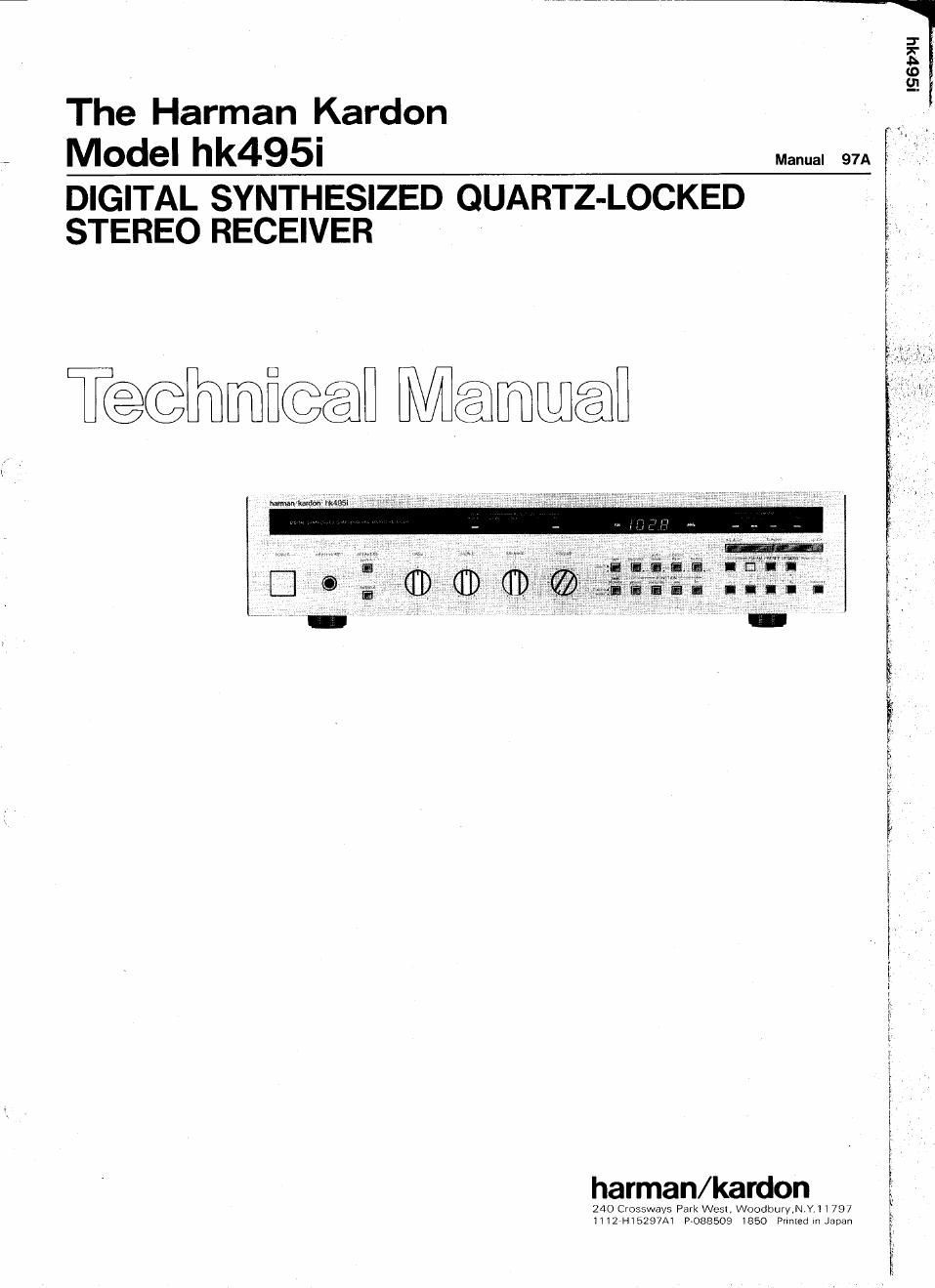Harman kardon hk 495 i service manual
This is the 31 pages manual for harman kardon hk 495 i service manual.
Read or download the pdf for free. If you want to contribute, please upload pdfs to audioservicemanuals.wetransfer.com.
Page: 1 / 31
